Every bowhunter has been there before. You got your bow all set up at the shop, or maybe you’ve let it sit in the case for a few months before finally taking it out to shake the rust off before season starts. Perhaps you’ve been shooting darts all off-season and then decide to send a few arrows downrange with your broadheads just to make sure you’re ready to go, and then it happens. Arrows start flying erratically, groupings go in the toilet, and you’re consistently missing six inches in one direction. Whatever the symptom, it’s clear your bow isn’t tuned perfectly.
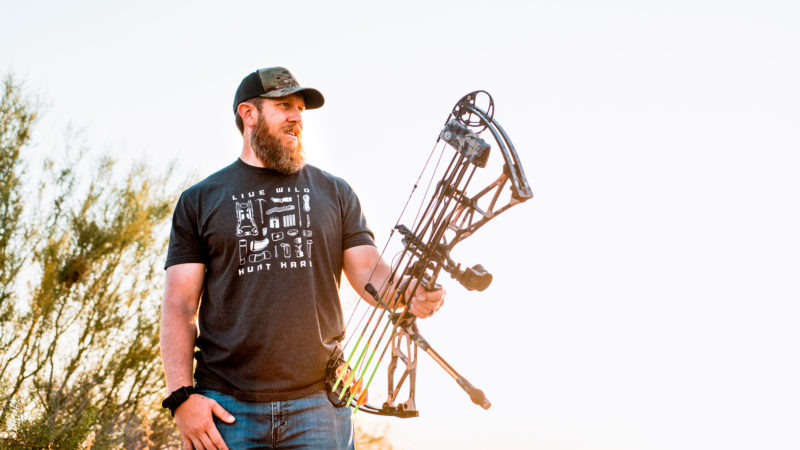
To the non-bow-geek, this is the worst thing you could discover right before a hunt. Do you have the time and money to be running back and forth to your bow shop every time there’s a glitch in your setup? Some shooters blindly start adjusting stuff on their bow, only making things worse. Also, if you haven’t really immersed yourself in the science of archery, where do you even start to try and diagnose the problem?
I’ve certainly been there, more than once. But what I’ve learned is that, as complicated as a compound bow may seem, there are several common culprits for tuning issues. To make things more exciting, many of them can be diagnosed and fixed without a bow press or professional bow technician. We’ll take a look at these issues below. Here are the top five reasons your bow won’t tune…
1. Torquing the Bow
This one usually gets skipped right out of the gate because it’s human nature to want to blame an external source for any issues we’re having. When a tuning issue shows up, we automatically think, it must be the bow…it’s certainly not the archer. Well, not always.
Before you adjust anything, make sure you’re not chasing your tail by trying to adjust around a technique issue. What’s the best way to determine that? Have a buddy shoot your bow through paper. Obviously, you can’t tune your bow to your buddy’s shot, but if you’re seeing a pretty nasty tear through your paper tuning efforts and then your buddy (without any adjustments to the bow) sends a bullet hole through that paper, it’s definitely time to reassess your technique.
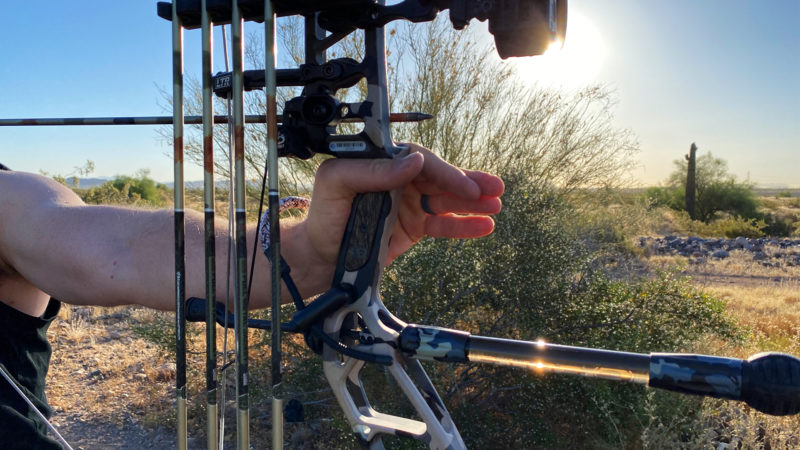
The most common issues are too tight of a grip with the forward hand, and less commonly (but still happens sometimes) interference between your string and your face upon release. But, if you and your buddy each make a similar hole through the paper, you can rule out your technique being the issue and move on to correcting what’s wrong with the bow.
2. Arrow Setup
Now, a perfectly tuned bow will shoot virtually any arrow decently, but a “close enough” bow will shoot the right arrows really well, and the wrong arrows will cause you nothing but headaches. Make sure your arrows are right for your particular setup. Now, this could be an article all to itself, but know that everything from your arrow spine, length, insert weight, broadhead weight, and even your fletchings and nock will work together to either enhance or deplete your accuracy.
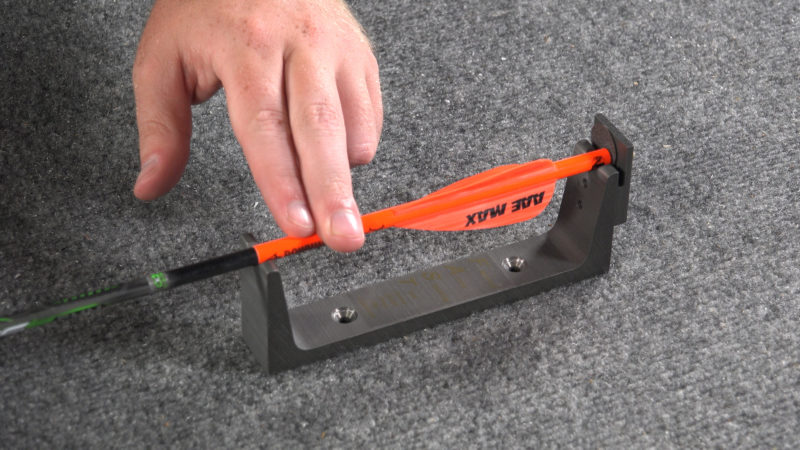
You may be shooting the recommended spine for your bow speed according to the back of the box, but if you’ve slapped a super-heavy FOC head on there, you’re now probably shooting too weak of a spine and it’s going to cause issues with your arrow flight. The best tool I’ve found to really dial this in is Archer’s Advantage.
For the cost of one quality arrow, you’ll get a year’s subscription to software that will let you play around with every single aspect of your arrow and make sure it’s perfect for your specific archery setup. So before you start turning Allen keys and readjusting everything on your bow, double check that you’re shooting the right arrow setup.
3. Rest Position
Okay, at this point you’ve confirmed your technique and your arrows are not the problem. That’s progress. You’ve already isolated the issue to the bow itself. Let’s start with the stuff that’s easiest for the average non-bow-tech to adjust. The rest is the most common culprit and almost always requires a little bit of adjusting even after getting a basic paper-tune at your archery shop. The rest is one of those, “a little goes a long way,” pieces of equipment. So as you make adjustments, think in terms of 1/32” at a time.
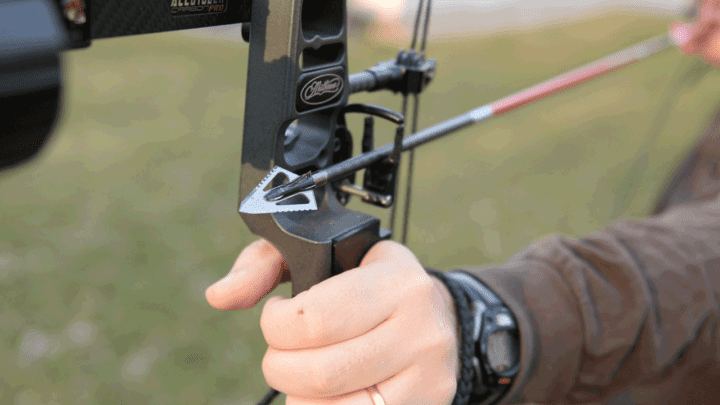
If your particular issue is a consistent miss with your broadheads rather than your field points, move the rest in the direction you want the broadhead to go. (i.e. if they’re missing left a couple inches, bump your rest to the right a little bit at a time until the field points and broadheads are hitting the same spot).
You can also adjust your rest up or down a little. Your bow shop should have set your nock point at the perfect height relative to your bow and the rest position, so hopefully that’s already close. And this leads us to our next issue – the nock point.
4. Nock Point
The nock point is essentially the other side of the equation from the rest, and most directly affects vertical flight. In most cases, your bow shop would have already set/adjusted this when they first set up your bow.
Some bows seem to like a slightly high (maybe an eighth of an inch) nock point, so if you’ve dialed in your rest as much as possible and still have some high/low issues, you could move your nock point just a bit. Again, chasing the up or down with these very small adjustments.
Of course, doing so may create some slight cam timing issues, which brings us to the last common issue that may be causing you tuning headaches – cam issues.
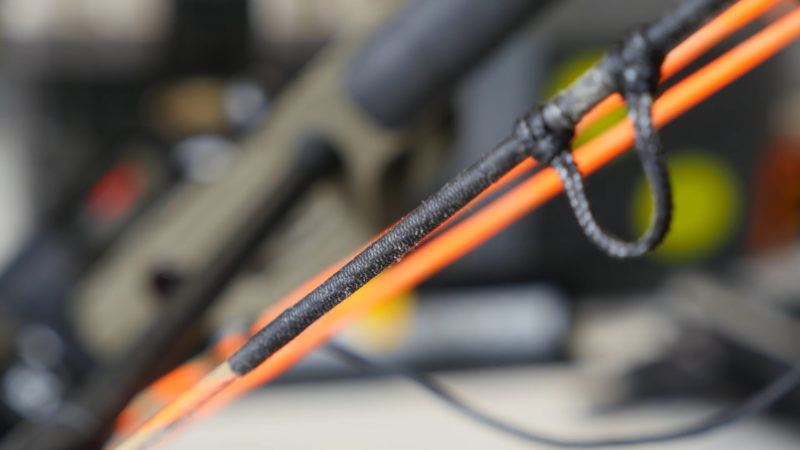
5. Cam Problems
Cam timing and/or excessive cam lean can cause serious tuning issues that no amount of compensation from your rest or arrow configuration can fully solve. Obviously, this requires a bow press and some know-how, or at least the willingness to learn and endure some trial and error. The average archer will probably rely on a bow shop for this, which is why it’s at the end of this list.
That being said, ideally you’d already be fairly confident that this isn’t the problem since most of us leave the bow shop with these things set. But, the thing about the complex system of a compound bow is that once you start changing one thing, you often end up causing small changes to just about everything.
So, if you’ve made adjustments and confirmed the other four issues are dialed-in, but you’re still experiencing tuning issues, it might be a good time to head back to the bow shop and have them take another look at your cam system.
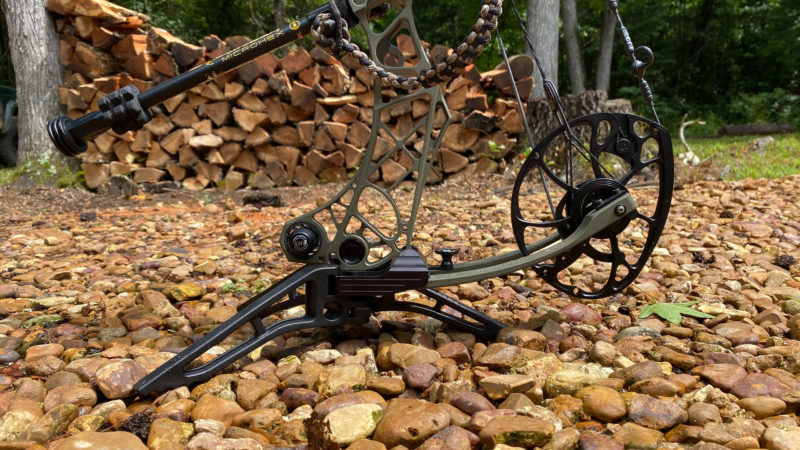
Closing Thoughts
If you haven’t done a deep dive into the world of bow tuning, it’s beyond intimidating to think about starting to tune and adjust things for yourself. But, even a great archery shop is only going to get you so close. There are almost always a few small adjustments you’ll have to make as you send arrows downrange, get out to farther distances, start working with broadheads, and really just spend enough time to start noticing consistent issues with your bow.
But if you’ll walk through these five most common issues in order, there is nothing quite as satisfying as finally making that last adjustment that pulls everything into perfect order and has those arrows flying like darts.
Final piece of advice – Start this process with enough time before your next hunt to play it slow. If you haven’t tuned it perfectly after a 20-arrow session, you’re only going to get more fatigued and frustrated if you keep fighting with it. Better to have the time to be able to come back tomorrow and try a few more adjustments.
Unless you just happen to get lucky, it’ll probably take several sessions at the range and a little trial and error to get your tune truly perfected. But, the knowledge gained and rewards of figuring it out make it well worth the effort.

 By
By 



